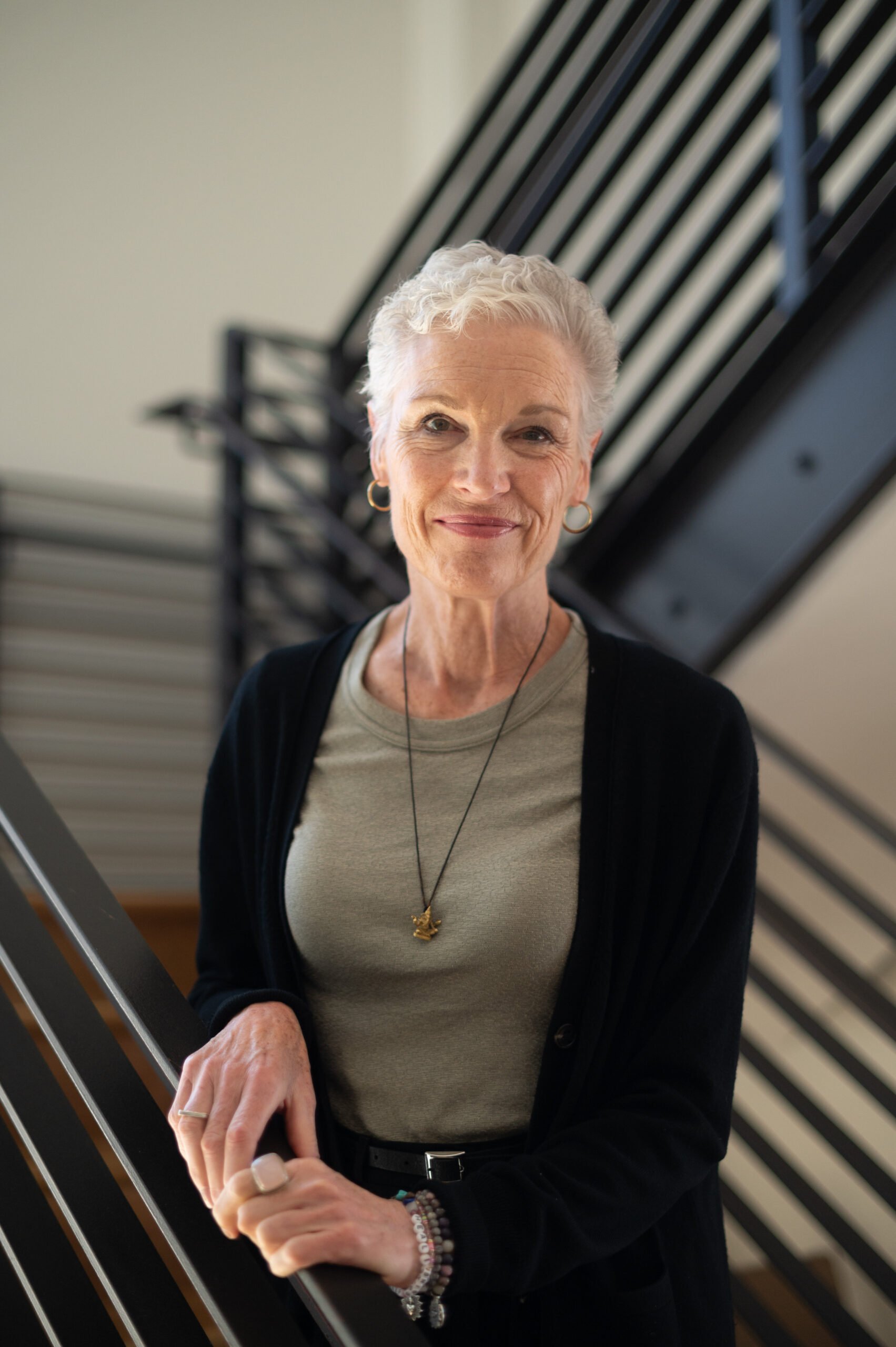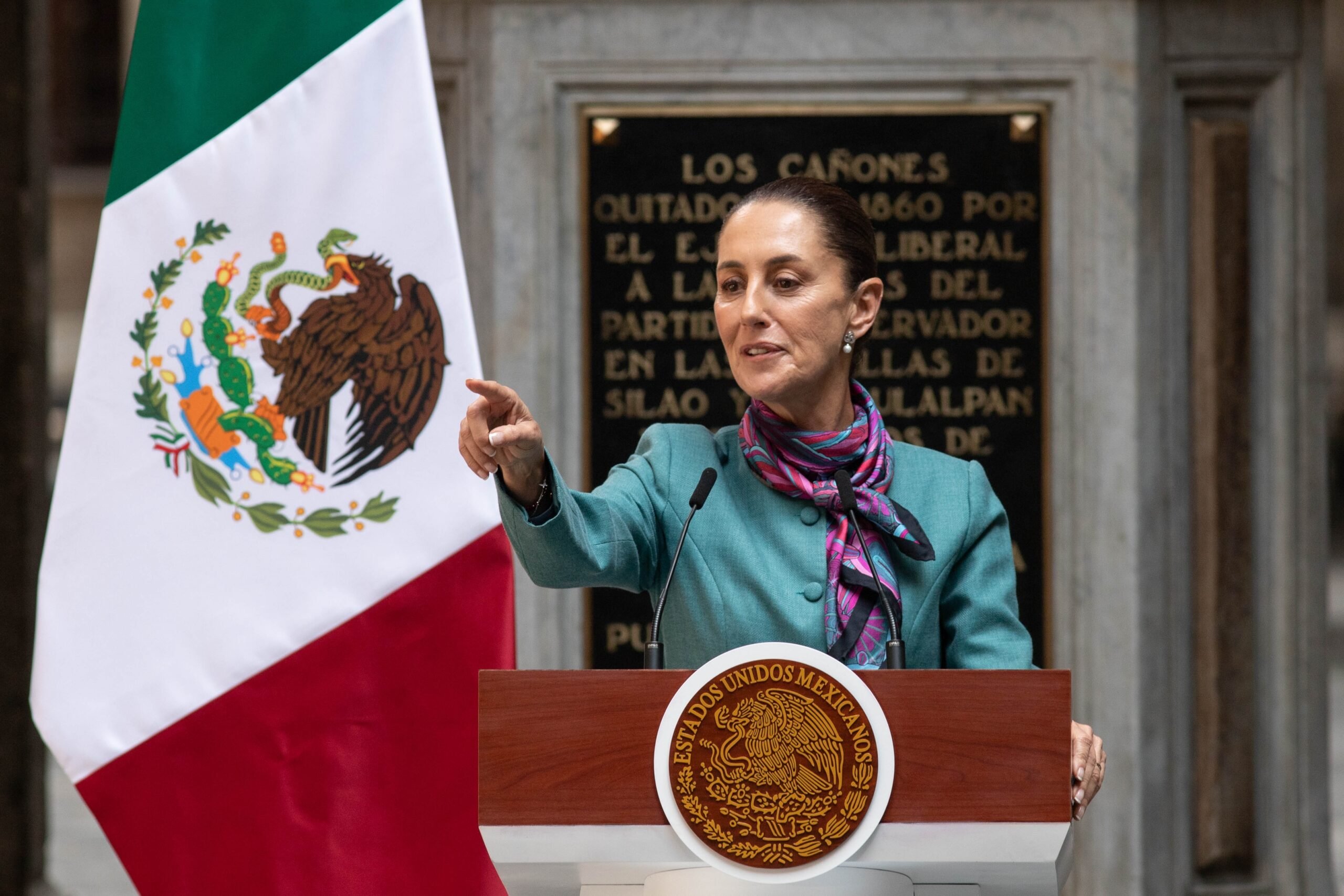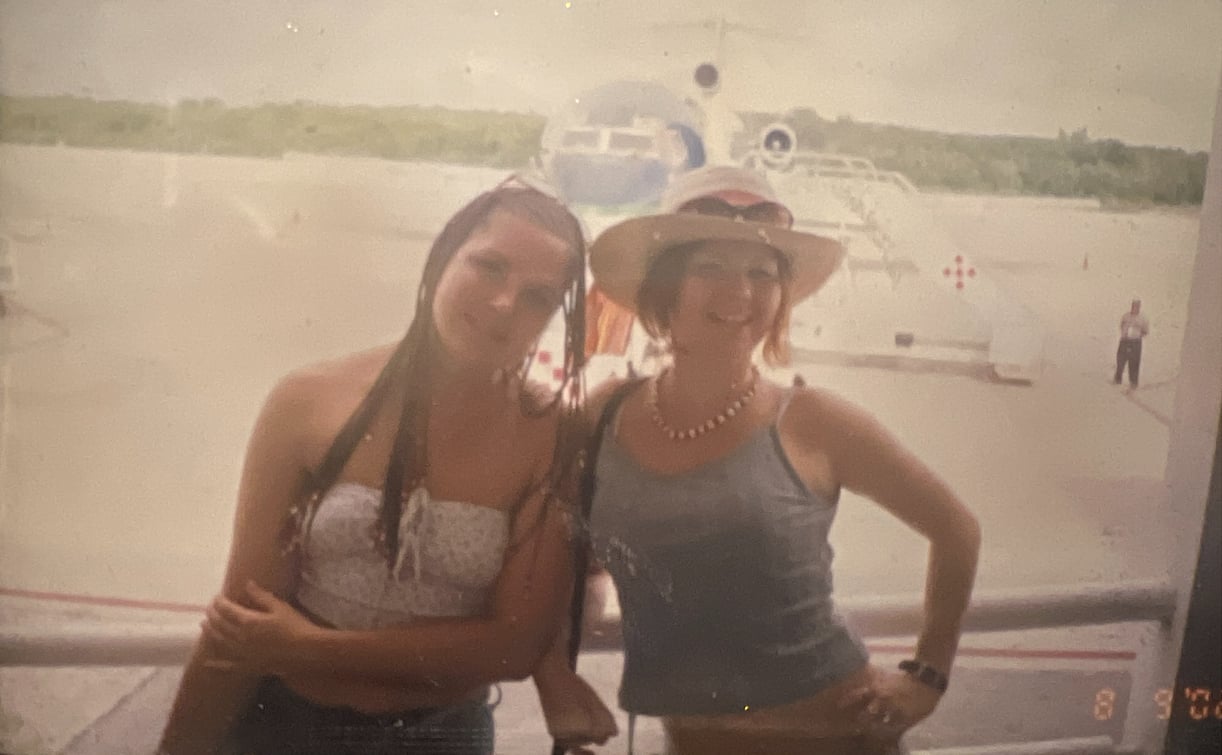Afterword
Confessions of a Counterculture Past
Growing up in the south Texas town of Victoria in the 1950s, my future seemed bleaker than that of the teenagers in The Last Picture Show or the nameless young Mexican narrator in John Rechy’s City of Night.
But the public library and the movies sustained me. Later, military service allowed me to physically escape. As Doug Sahm in his Chicano persona of Doug Saldaña would later lament, “It takes a lot of soul to live in Texas.”
My father, a photographer by day, moonlighted as a movie projectionist. My favorite theater was the Tejas-Aztec outdoor twin. My brother and I sat on its outdoor projection tower waiting for the nightly wide-screen Texas sunset’s fade to black. Face north, the screen filled with Hollywood noir; turn south and Spanish language comedy with Cantinflas or Tin-Tán flickered brightly.

All those trips to the library paid off when the librarian asked me to review books for the Sunday newspaper. My parents were incredulous. No person of color had ever written for the paper. I was 16 and would receive five dollars a review and all the new books I could carry. Within a year I had reviewed books by J.D. Salinger, John Steinbeck, Grace Metalious (of Peyton Place fame) and Billy Lee Brammer. The review of Brammer’s now-classic novel The Gay Place came with a graphic of the Governor’s Mansion in Austin and a headline that asked, “Is this the gay place?”
When I got out of the service, I enrolled at the University of Texas at Austin. It was the fall of 1964, and I was eager to join what was then a new experiment in university housing, something called College House. In contrast to the dorms, which were still segregated, College House pioneered integrated housing. Men and women, beatniks and sorority members, locals and foreign students, as well as students from diverse ethnic backgrounds, we all lived together.
Later that semester, the University regents voted to integrate the dorms. For some of us, it was a late-in-the game effort to save face: LBJ had signed the Civil Rights Act of 1964 while his daughter was still living in a segregated dorm. Meanwhile, those of us living in the barracks-style building on Rio Grande imagined ourselves to be taking part in a 20th-century incarnation of Brook Farm, the literary commune where Hawthorne, Emerson, and so many others tried to create an intellectual community in 19th-century Massachusetts.
In 1965 we started a film society, which became Cinema 40. We petitioned for more film courses and the hiring of film teachers for what was then a nascent department that would become today’s department of Radio-Television-Film. As a result of our efforts, the University hired New Yorker and Esquire film critic Dwight MacDonald. Soon, Rod Whitaker (the novelist Trevanian) joined the ranks to teach filmmaking classes. We held a series of lectures open to the public: William Arrowsmith on Antonioni, Roger Shattuck on the French New Wave (we brought Alain Robbe-Grillet and Godard to the campus), Peter Soderbergh on Hollywood World War II films. (He brought his then 4-year-old son along with him. Now an Oscar-winning director, Steven Soderbergh busied himself coloring his program notes while his father spoke.)
We nearly got busted attempting to screen Jack Smith’s polymorphous perverse Flaming Creatures at the University Y. When we screened Kenneth Anger’s controversial underground film cycle [Magick Lantern Cycle], critic MacDonald prodded the audience by asking if they had indeed followed the edict in the program notes to drop acid before the screening. When no one raised their hand, MacDonald brought the house down by retorting, “What a bunch of squares. But I forget this is LBJ country.”

During Thanksgiving break in 1965, several of us from College House piled into a car and drove practically nonstop to Washington, D.C. for the Vietnam Peace March at the White House and the Washington Monument. We got as far as the Arkansas side of Texarkana when the mother of one of the students in the car—an African American—asked us to leave her son behind. She was worried about what would happen if a carload of ethnically mixed college kids was stopped while driving through the deep South. We honored her request. About some things, we were still realists.
After the rally, I came back to Austin inspired to join SDS [Students for a Democratic Society], while remaining immersed in cultural life as well as cultural politics. In the fall of 1966 there was a new publication in town—The Rag, Austin’s first underground newspaper. I wrote about film and reviewed new titles from Grove Press—Burroughs and Rechy, Che and Jean Genet. Among the later Rag adventures that I remember well was a benefit for the paper, a screening of the Beatles’ Magical Mystery Tour. We had been led to expect a large share of the gate from three sold-out performances. Instead, an emissary from the Beatles informed us that our share came to less than $100. Incensed, The Rag responded with a long commentary. Forget “All You Need is Love,” it proclaimed. The Beatles’ new mantra was “All You Need is Cash.” I wrote a long letter to George but only received a reply full of Maharishi Mahesh mumbo jumbo.
Eventually The Rag folded. The Sixties and the “Counterculture” would soon be over. We would be left to fend for ourselves.

Disappointingly, so many stories of Austin and the 1960s are about a place and a time and a movement perceived as all-white and all middle-class. That, of course, was never the whole story. As for me, I had come a long way from Victoria in the 1950s. But clearly not far enough. Armed with my dog-eared copy of John Womack’s Zapata and the Mexican Revolution and a battered Super 8 movie camera, in late 1969 I moved south to Crystal City, where Chicano students had walked out demanding more representation, Chicano teachers, bilingual education, and classes about our role in American history. La Raza’s struggle for civil rights had begun. And I was right where I belonged.
Gregg Barrios is a journalist and playwright. Alan Pogue was the staff photographer for The Rag, the Austin underground paper that published for 11 years, beginning in October 1966.


